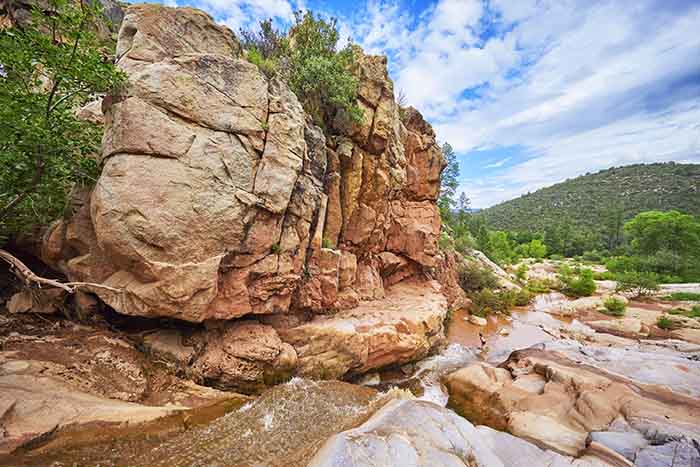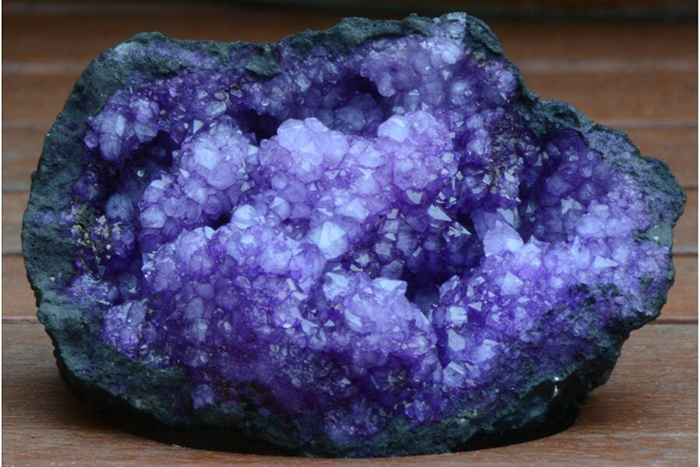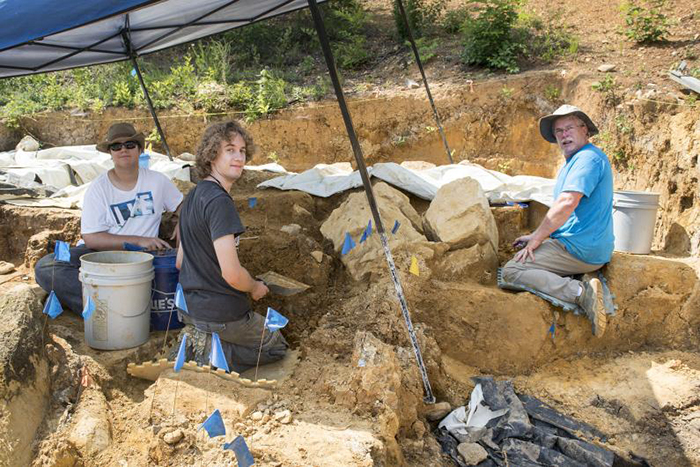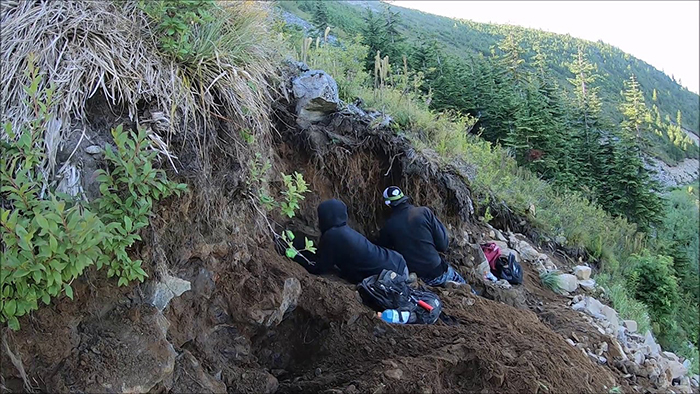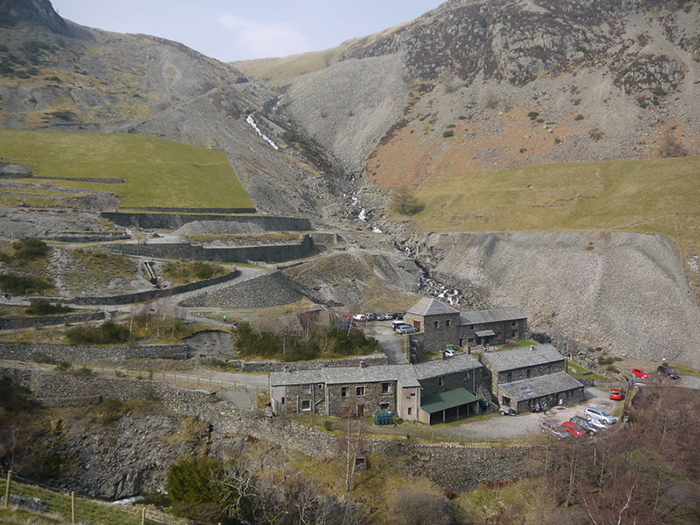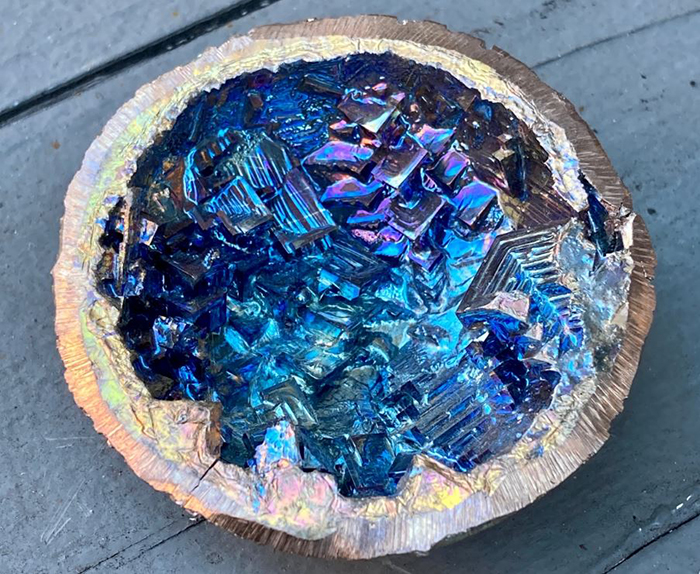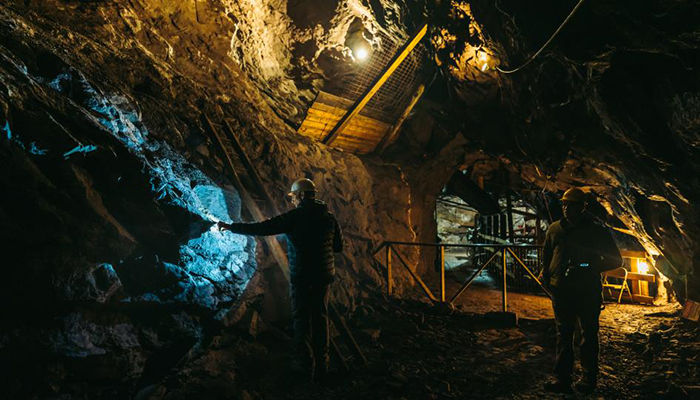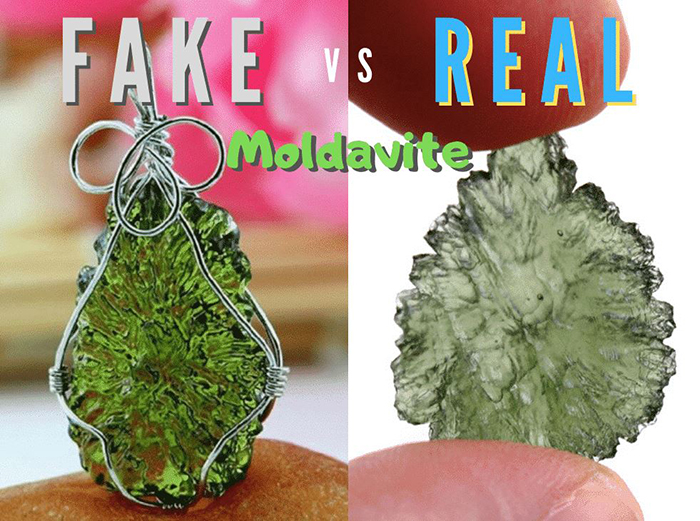Are you fascinated by the gleaming allure of silver minerals and gems? Silver is a precious metal often found in stunning varieties of rocks and minerals, rich with unique patterns and colors.
This blog post will serve as your exploration guide into the intriguing world of silver specimens, unraveling their characteristics, types, how to collect them effectively, and why they captivate our interest.
You Are Watching: Silver Rocks Minerals Gems
Ready for an exciting geological adventure? Dive right in!
Types of Silver Rocks and Minerals
Silver rocks and minerals can be categorized into three main types: silver gems and crystals, silver rocks, and silver minerals.
Silver Gems and Crystals
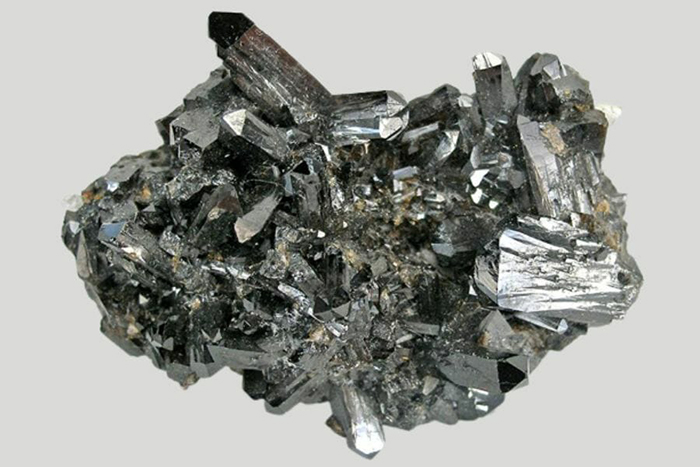
Silver gems and crystals carry a unique allure that captivates collectors and enthusiasts. With diverse formations, these gems grace the earth in various colors and patterns. They show up in veins within Earth’s crust, often alongside other minerals like quartz and calcite.
For example, Proustite, also known as “ruby silver,” gloriously showcases deep red hues due to its role as a silver ore. Similarly astonishing is native silver- an alloy that can contain gold or copper- identified through the use of blowpipe and acids.
The Chilean discovery of chlorargyrite enriches the narrative of how humans found these enticing specimens illustrating their historical importance.
Silver Rocks

Silver rocks are fascinating geological formations that contain silver minerals and ores. These rocks can be found in veins within the Earth’s crust, often alongside other minerals like calcite and quartz.
One example is chlorargyrite, a silver-rich mineral commonly found in these rocks. Some silver rocks also have unique characteristics such as a lustrous appearance and distinctive colors and patterns.
These features make them highly prized by collectors and enthusiasts who appreciate their beauty and historical significance.
In addition to their aesthetic appeal, silver rocks play an important role in various industries. Silver has been used for centuries in jewelry-making due to its high conductivity and malleability, making it ideal for creating intricate designs.
It is also widely used in industrial applications such as electronics and photography because of its excellent reflectivity and sensitivity to light.
Silver Minerals

Silver minerals are a diverse group of natural substances that contain silver as a major component. These minerals can be found in various geological formations, including veins within the Earth’s crust.
Some common silver minerals include chlorargyrite, acanthite, pyrargyrite, and poybasite. Silver minerals often have unique colors and patterns, making them visually appealing. They also hold historical and cultural significance due to their use in jewelry, currency, and industrial applications throughout history.
Understanding the characteristics and values of silver minerals can enhance our appreciation for their allure and potential uses.
Features and Characteristics of Silver Rocks, Minerals, and Gems
Silver rocks, minerals, and gems are known for their unique colors and patterns, as well as their various formations.
Unique colors and patterns
Silver rocks, minerals, and gems display a wide range of unique colors and patterns that make them visually captivating. From silvery-white to deep gray, these lustrous minerals can also showcase stunning hues of blue, green, purple, and even red.
Some silver-bearing rocks exhibit exquisite patterns like striations or banding, adding to their allure. Whether it’s the iridescent sheen of labradorite or the mesmerizing dendritic formations in silver agate, the variety of colors and patterns found in silver specimens adds an extra layer of beauty to these geological treasures.
Various formations
Silver rocks, minerals, and gems can take on various formations, adding to their unique appeal. These formations are often found in veins within the Earth’s crust, alongside other minerals like calcite and quartz.
They can be present in crystalline rocks such as granite and lavas, as well as cutting veins. The silver deposits may also produce different formations of silver-bearing minerals like chlorargyrite, acanthite, prostite, pyrargyrite, and more.
This wide range of formations contributes to the diversity and beauty of silver specimens found in nature.
The allure of these various formations lies not only in their aesthetic appeal but also in the scientific understanding they provide about the geology and mineralogy of an area. By studying these different formations, geologists gain insights into the processes that led to their formation and how they relate to larger geological events.
Furthermore, these formations play a crucial role in mining operations as they indicate potential sources for high-grade silver ores or other valuable metals.
Hardness and durability
Read More : Crystals in California
Silver rocks, minerals, and gems display varying levels of hardness and durability. Some silver-bearing minerals are relatively soft and can be easily scratched or damaged, while others are more resistant to wear and tear.
For example, chlorargyrite is a silver-rich mineral that has a Mohs hardness of 1-2, making it fairly soft compared to other minerals. On the other hand, acanthite is a silver sulfide mineral with a Mohs hardness of 2.5-3, which makes it slightly harder and more durable.
Understanding the hardness and durability of different silver specimens can help collectors choose appropriate handling methods and display options for their prized pieces.
Popular Silver Rocks, Minerals, and Gems
Some popular silver rocks, minerals, and gems include Cassiterite, Cobaltite, Hematite, and more. Discover their beauty and allure in this blog.
Cassiterite

Cassiterite is a popular silver-bearing mineral that is widely used in the production of tin, making it an important mineral for industrial purposes. It is known for its dark brown to black color and metallic luster, which gives it a distinct appearance.
Cassiterite often occurs in granite rocks and can also be found in alluvial deposits and hydrothermal veins. With its high density and resistance to weathering, cassiterite has been highly valued throughout history for its use in jewelry and as an ore for tin extraction.
Cobaltite
Cobaltite is a fascinating silver mineral that captures attention with its distinctive appearance. It is typically found in high-temperature hydrothermal veins along with other metallic minerals.
The mineral forms bladed or prismatic crystals that range in color from grayish black to silver-white. One interesting feature of cobaltite is its magnetic properties, as it can exhibit weak magnetism due to the presence of cobalt.
This unique characteristic sets it apart from other silver-bearing minerals and adds to its allure for collectors and enthusiasts alike. Cobaltite is also known for being an important ore of both cobalt and silver, making it valuable not only for its visual appeal but also for its economic significance.
Hematite
Hematite is a silver mineral that is known for its deep red streak. It is commonly found in silver deposits and can be identified using blowpipe and acids. Hematite is often associated with other minerals like chlorargyrite, acanthite, and pyrargyrite in silver-bearing rocks.
Its aesthetic appeal lies in its unique coloration and metallic luster. Hematite has been used throughout history for various purposes, including jewelry and industrial applications due to its durability and conductivity.
Marcasite

Marcasite is a beautiful silver mineral that is known for its metallic luster and interesting crystal formations. It is often found in sedimentary rocks, as well as volcanic deposits.
Marcasite has a grayish color with hints of yellow, and it can sometimes exhibit a brassy or bronze-like sheen. This mineral is prized by collectors for its unique appearance and historical significance.
In addition to being used in jewelry, marcasite has been used throughout history for various purposes such as tools, weapons, and even medicinal treatments.
Leucite
Leucite is a silver mineral that occurs in volcanic rocks and igneous deposits. It is notable for its distinctive crystal structure, which forms perfect cubes or octahedrons. Leucite has a glassy luster and can be colorless or pale gray to yellowish, making it an interesting addition to any collection.
Its hardness ranges from 5 to 6 on the Mohs scale, making it relatively durable compared to other minerals. Leucite was first discovered in Italy but has since been found in various parts of the world, including Russia and Tanzania.
Collectors value leucite not only for its aesthetic appeal but also for its geological significance in understanding volcanic processes.
Graphite
Graphite is a unique silver mineral that has many interesting properties. It is formed from carbon and can be found in various rock formations, including metamorphic rocks like schist and gneiss.
Graphite has a distinctive black color and a greasy texture, making it easily distinguishable from other silver minerals. One of the most notable characteristics of graphite is its ability to conduct electricity, which makes it useful for applications such as batteries and electrical components.
Additionally, graphite is known for its use in pencils due to its softness and ability to leave marks on paper. Its presence in rocks and minerals adds an intriguing element to the allure of silver specimens.
Galena
Galena is a popular silver-bearing mineral that is commonly found in a metallic gray color. It has a high luster and can be easily identified by its characteristic cubic crystal shape.
Galena is one of the primary ores of lead, but it also contains traces of silver, making it valuable for both industrial and mineral collectors. The presence of galena often indicates the potential for other silver minerals to be present in an area, making it an important indicator for prospecting and mining operations.
Stibnite
Stibnite is a captivating silver mineral that is known for its unique metallic luster and needle-like crystal formations. It is often found in association with other minerals, such as quartz and calcite, in various types of rocks.
Stibnite has a grayish-black color and a high density, making it easily distinguishable from other minerals. With its striking appearance and interesting properties, stibnite adds to the allure of silver rocks, minerals, and gems for collectors and enthusiasts alike.
Arsenopyrite
Read More : How Much Is Sapphire Worth?
Arsenopyrite is a silver-bearing mineral that can be found in various silver deposits. It is often associated with other minerals such as quartz and calcite. Arsenopyrite has a metallic luster and appears in crystal form, typically with a silvery-white or steel gray coloration.
This mineral contains high concentrations of arsenic, which gives it its name. Arsenopyrite is valued for its role as an important ore of both silver and arsenic, and it has been used in the production of semiconductors and pesticides.
Tetrahedrite
Tetrahedrite is a silver-bearing mineral that belongs to the sulfide group. It is commonly found in hydrothermal veins alongside other minerals like chalcopyrite, galena, and sphalerite.
This mineral gets its name from its distinct tetrahedral crystal structure. Tetrahedrite usually appears as dark gray to black crystals with metallic luster. One interesting fact about tetrahedrite is that it can contain significant amounts of antimony, arsenic, and copper in addition to silver.
Due to its high silver content, tetrahedrite has been historically mined for its economic value as a source of this precious metal.
Despite being an important source of silver, tetrahedrite is not widely used in jewelry or industrial applications due to impurities present in the mineral. However, it still holds significance among collectors and enthusiasts who appreciate its unique crystal structure and association with other valuable minerals.
Alabandite
Alabandite is a silver-bearing mineral that is known for its distinctive black color. It can often be found in association with other minerals like calcite and pyrite. Alabandite has a metallic luster and a hardness of about 3.5 to 4 on the Mohs scale.
It is commonly found in hydrothermal veins and contact metamorphic deposits. Alabandite is also known for its high sulfur content, which gives it a strong smell when it’s crushed or powdered.
This mineral has both industrial uses, such as in the production of sulfuric acid, and aesthetic appeal, with collectors valuing its unique appearance.
Pyrargyrite
Pyrargyrite is a silver-bearing mineral that is commonly found in silver deposits. It has a distinct red color and metallic luster, making it highly sought after by collectors. Pyrargyrite can often be identified by its dark red streak and crystal structure.
It is one of the many silver-rich minerals that are formed within the Earth’s crust and has been used for centuries for its aesthetic appeal and as an ore for extracting precious metals like silver.
Acanthite
Acanthite is a silver mineral that is commonly found in silver deposits. It has a distinctive dark gray to black color with metallic luster. Acanthite often forms as prismatic crystals or fine-grained masses, and it can be easily scratched due to its low hardness.
This mineral is an important source of silver, and it often occurs in association with other silver-bearing minerals like chlorargyrite and pyrargyrite. Acanthite has been used for centuries in jewelry and various industrial applications because of its high content of precious metal.
Its presence in silver deposits adds to the allure and value of these rocks and minerals.
Collecting and Displaying Silver Specimens
Collecting and displaying silver specimens is a rewarding hobby that allows enthusiasts to showcase the beauty of these lustrous minerals.
Types of displays
There are various types of displays that can be used to showcase silver rocks, minerals, and gems. One option is a glass display case with compartments or shelves to arrange the specimens.
These cases provide protection while allowing for easy viewing. Another option is a shadow box display, which involves mounting the specimens on a backing board and placing it in a frame.
This creates an attractive and eye-catching arrangement. Additionally, individual stands or easels can be used to display smaller specimens on tables or shelves. Whatever type of display is chosen, it should highlight the beauty and uniqueness of each silver specimen.
Tips for collecting and preserving
When collecting and preserving silver specimens, it is important to handle them with care to prevent damage. Use gloves or clean hands to avoid oils and dirt transferring onto the specimens.
It is also recommended to store them in acid-free containers or display cases that provide protection from dust and moisture. Avoid exposing silver minerals and gems to direct sunlight as prolonged exposure can cause fading of colors.
Regularly inspect the specimens for any signs of deterioration or discoloration, and address any issues promptly. Additionally, labeling each specimen with relevant information such as location of discovery and date can be helpful for future reference.
Best places to find silver specimens
Silver specimens can be found in a variety of locations around the world. One of the best places to find these beautiful rocks, minerals, and gems is in silver-bearing mines and ore deposits.
These mines are often rich in high-grade silver ores and can produce a wide range of silver-rich minerals like acanthite, pyrargyrite, and chlorargyrite. Another great place to search for silver specimens is in areas where there has been geological activity, such as volcanic regions or areas with granite rocks.
In these locations, the heat and pressure from magma or molten rock can create ideal conditions for the formation of lustrous silver crystals. Silver specimens may also be found near hydrothermal vents or hot springs due to the mineral-rich waters that flow through them.
Conclusion
Discovering the allure of silver rocks, minerals, and gems is an exciting journey into the beauty and history of these precious stones. From their unique colors and formations to their durability and luster, silver specimens captivate both collectors and enthusiasts alike.
Whether used in jewelry or appreciated for their cultural significance, exploring the world of silver rocks, minerals, and gems unveils a treasure trove of fascination waiting to be discovered.
Sources: https://memo-mag.com
Category: Guide

